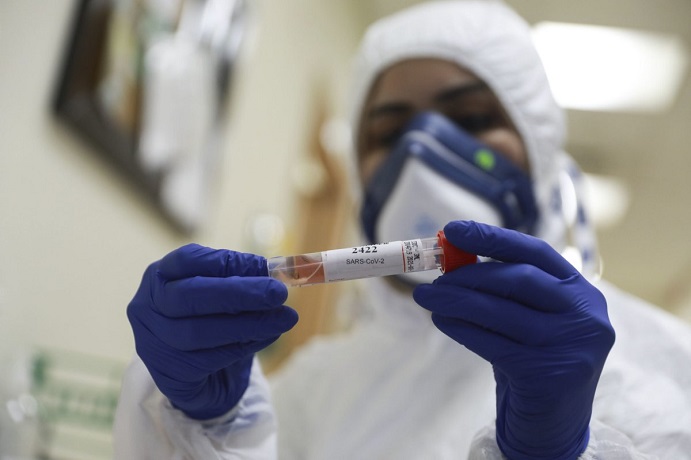
United Nations Office for Humanitarian Assistance (OCHA)
Highlights
- The number of people with COVID-19 in the West Bank continues to surge, with the epicenter Hebron accounting for over 70 per cent of all active cases.
- 30 more people died in the West Bank which has been placed under a complete lockdown.
- No new cases of COVID-19 reported in Gaza, which now records only eight active cases.
Situation overview
The total number of Palestinians in the oPt who have contracted COVID-19 more than doubled over the course of the reporting period, from 2,765 on 30 June to 7,734 (as of 16:00 hrs 14 July). Thirty-six (36) more people have died, bringing to 47 the cumulative number of fatalities to date. Over eighty per cent of the confirmed cases are active, (6,429) people. These include 16 patients in intensive care units (ICUs), with six patients requiring mechanical ventilation (as of 13 July). A total of 81 health workers are among the people confirmed with COVID-19.
All the nearly 5,000 additional cases detected during the reporting period were in the West Bank (including East Jerusalem), which now accounts for over 99 per cent of all confirmed cases in the oPt: no new cases have been detected in the Gaza Strip since 11 June. The alarming surge in contagion in the West Bank is attributed to social gatherings, particularly wedding celebrations. In response, the Palestinian Authority (PA) has re-imposed a comprehensive lockdown across the West Bank (details below).
According to the Palestinian Ministry of Health (MoH), since the onset of the pandemic, almost 140,000 laboratory samples have been tested for COVID-19. Some 30,000 Palestinians are in home, or facility-based quarantine, in order to monitor their symptoms and ensure early detection. The cumulative number of Palestinians in quarantine since the onset is over 140,000. (All data as of 13 July).
Global shortages of medical equipment and the disruption of coordination between the PA and Israel, in response to Israel’s plan to annex parts of the West Bank, have significantly disrupted the procurement of key medical equipment. The MoH is scaling up its testing capacity and is currently conducting up to 5,000 COVID-19 PCR tests daily. According to the MoH, up to 150,000 tests per month will be required until the end of 2020. Despite the substantive amounts of Personal Protective Equipment (PPE) already delivered, shortages persist. The MoH estimates that at least two million gloves and up to 750,000 surgical masks will be needed every month until the end of 2020.
While the Interagency Response Plan covered interventions until the end of June 2020, it is considered an addendum to the current oPt Humanitarian Response Plan (HRP) and the plan’s interventions will continue through the end of 2020, as needed. The humanitarian community is actively monitoring the evolution of the pandemic and, if required, an updated Response Plan and appeal will be issued. COVID-19 humanitarian needs beyond the end of the year will be mainstreamed into the Humanitarian Response Plan for 2021.
Read the full report:
https://www.ochaopt.org/content/covid-19-emergency-situation-report-13












